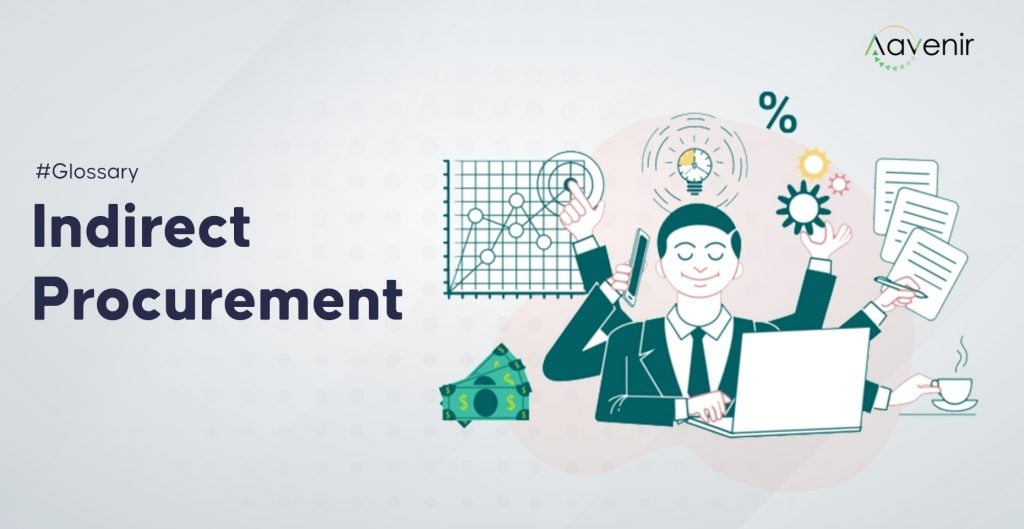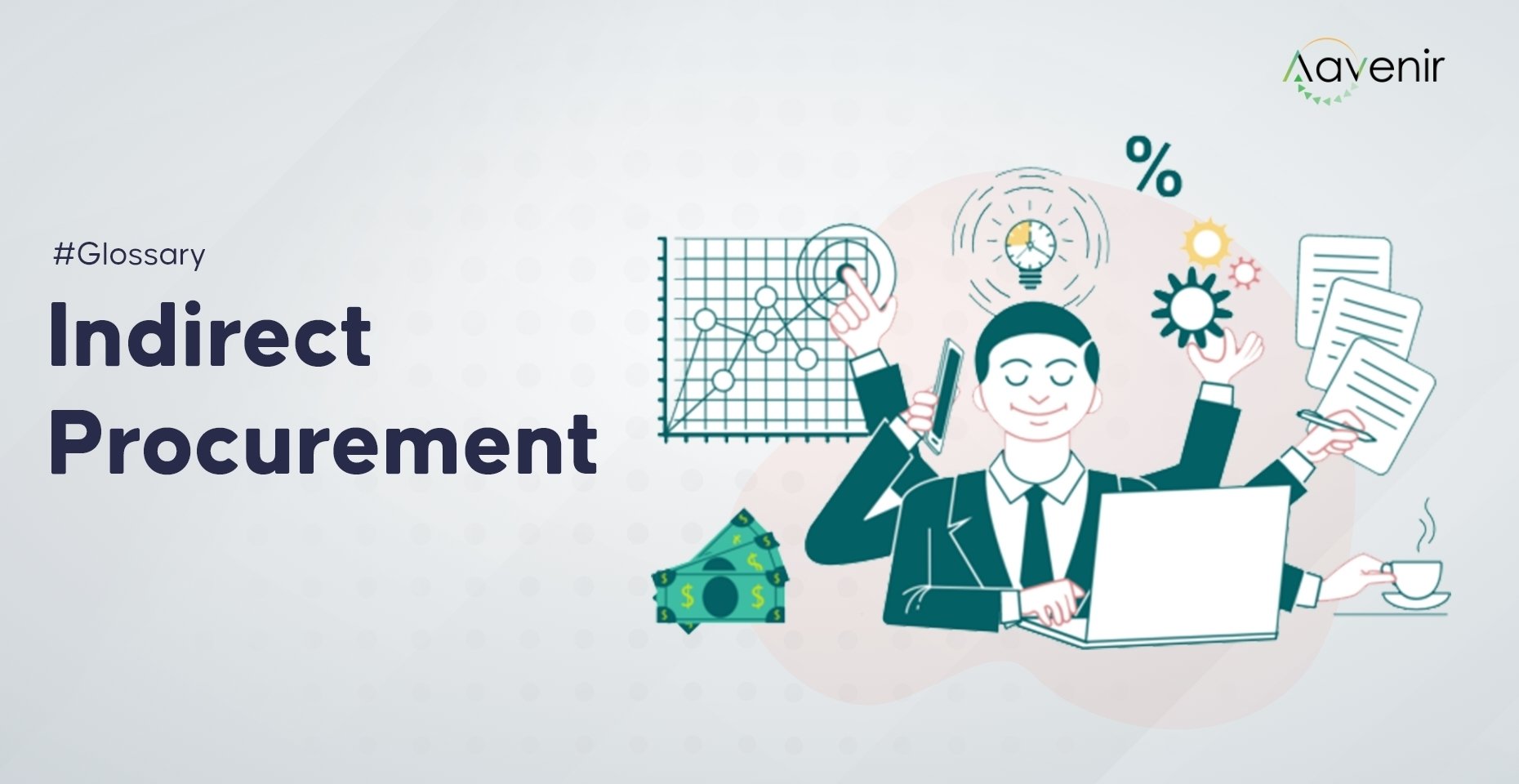What is Indirect Procurement?

Indirect Procurement is anything that a business requires to function. It covers staffing, office expenses, and so on and represents the infrastructure costs required to keep the business running.
Indirect procurement refers to the supplies and services that keep the company running, such as facilities, utilities, maintenance services, human resources, and office supplies. One of the difficulties with indirect procurement is that it frequently goes unnoticed. While companies can optimize direct spending, indirect spending contributes to tail spending and can be challenging to manage.
In large organizations, indirect procurement is often fragmented over numerous locations and business units. It makes identifying and managing indirect procurement difficult for the procurement staff. Nonetheless, there are significant advantages to doing so.
The Benefits of Managing Indirect Procurement
Traditionally, enterprises have placed a greater emphasis on managing direct procurement. However, McKinsey estimates that indirect spending has increased by 7% globally since 2011. As a result, the few companies that actively manage indirect purchases reap the rewards.
According to some estimates, indirect procurement might account for 15-30% of an organization’s total spending. That is potentially a lot of unaccounted money. According to McKinsey research, simply addressing indirect procurement can lower service and product costs by 10 – 15% and the manual effort needed to handle suppliers by 30 – 50%.
In addition to boosting the bottom line, optimizing indirect procurement reduces risk and ensures compliance. Also, direct suppliers are frequently subjected to due diligence, legal checks, and monitoring throughout a commercial partnership that assists businesses in managing reputational, regulatory, and operational risks. However, in most cases, indirect procurement partners are not as thoroughly verified and supervised.
Finally, managing indirect procurement provides a competitive advantage to organizations in the marketplace while calling for developing strong supplier relationships. For example, you can rely on trusted partners to keep your business functioning when there are supply chain challenges or material shortages. Businesses that cultivate close connections with their indirect procurement partners tend to develop better solutions and anticipate possible challenges.
How to Manage Indirect Procurement
How can procurement teams start to integrate opaque, fragmented indirect procurement to reap these advantages? Indirect procurement management relies heavily on digital transformation. According to McKinsey, there are several opportunities for digital transformation within indirect procurement, including
- Intelligent spend engines: The tools work hand in hand with machine learning to classify and categorize spending. It includes automated data extraction from enterprise resource planning (ERP) systems and databases. Besides, it comes with automated harmonization and classification, allowing complete transparency into analytical opportunities and validation status.
- Advanced analytics solutions: These tools can assist businesses in identifying cost-cutting and process-optimization opportunities.
- Online B2B ordering platforms: Costs can be minimized, and service quality can be raised by utilizing e-marketplaces for supplier evaluation and selection. According to McKinsey, price reductions enable savings of 6 to 15%, while access to a wider selection decreases a company’s dependence on single suppliers.
- Automated P2P: Adding automation to a procure-to-pay system aids supplier payment and cash-flow management. According to research, organizations implementing an automated P2P system saved 15 to 25% on most transactions and cut processing times from days to minutes.
Investing in technology isn’t the only option to boost indirect procurement. Analysts also advise employing a budgeting method known as zero-based budgeting. This strategy gives indirect purchase cash based on need rather than budget history. No purchase is automatically retained in the next budget cycle. Instead, each purchase is examined and justified at the start of the budget cycle.
It may appear to be a time-consuming method of indirect procurement, but the correct budgeting tools can help organizations save 10-20% more. Moreover, inefficient spending can be shifted to critical business priorities, and firms can significantly cut tail spend.
Conclusion
Ultimately, managing indirect procurement is all about bringing greater visibility by using technology to automate, track & analyze your purchases, implementing rigorous processes for controlling indirect spending, and employing intelligent spend platforms to make the process easier and more efficient. By incorporating a digital approach, you can achieve more RFQs, resulting in more competitive and transparent bids.



